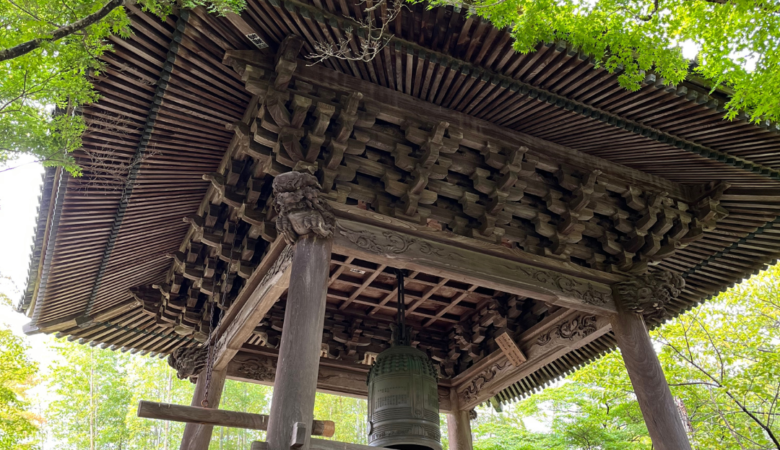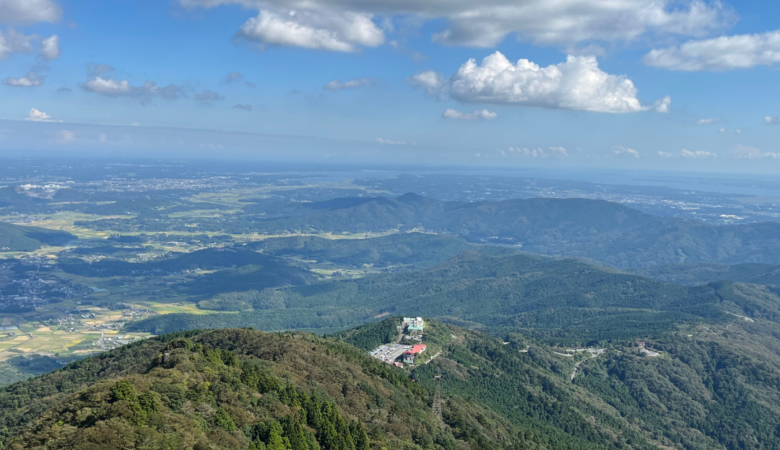Retreat to the historical hot springs of Izu
It is a popular place to visit to appreciate the hot springs and silence in the beautiful scenery, making a fabulous one-night trip from Tokyo.
If you’re looking for an outstanding onsen (hot spring) town, head to Shuzenji Onsen, a few hours by train from Tokyo in Shizuoka prefecture. Although Izu is nicknamed “Little Kyoto,” it’s more than that. Over the years, Shuzenji’s unique history has also inspired travelers and Japanese writers alike.
Shuzenji Onsen (修善寺温泉) is one of the oldest and most famous hot spring resort towns on the Izu Peninsula. Located in the hilly center of the peninsula, it lacks the ocean views of many nearby onsen towns but attracts visitors with its history and attractive setting.
Shuzenji Onsen, named after Shuzenji Temple (修禅寺), is at the center of town. Kobo Daishi, one of Japan’s most important religious figures, founded the temple about 1200 years ago.
Today, it is a Zen Buddhist temple where visitors can participate in meditation classes (Tuesdays from 9:30, reservation required). Kobo Daishi is also said to have created Shuzenji’s most prominent hot spring, Tokko-no-yu, in the middle of the riverbed that runs through the town center. Today, Tokko-no-yu is a foot bath.
Other attractions in Shuzenji’s town center include a small bamboo forest, several historic ryokans, and a few tastefully designed shops and cafes. Onsen bathing is possible at the town’s public bath, Hakoyu. Furthermore, several of the town’s ryokan open their baths to non-staying guests during the day for a fee (from around 1000 yen).
For more information about Shuzenji temple, click here.

How to access
From Shuzenji Station, there is a 5-10 minute bus or taxi ride to the hot spring town. Take one of the frequent buses bound for Shuzenji Onsen (修善寺温泉) or Nijino Sato (虹の郷) and get off at Shuzenji Onsen (220 yen one way). A taxi ride costs about 1300 yen one way.
Shuzenji Summay
Shuzenji is an excellent place to treat yourself for all your hard work in the city. You can stay in a quiet town only 80 minutes from Tokyo, and I recommend you stay in a historical Ryokan hotel or Onsen all day.
Location: Izu Shuzenji in Shizuoka prefecture, Duration: Transfer 1h30min. recommend a one-night stay and treat yourself to an Onsen.




